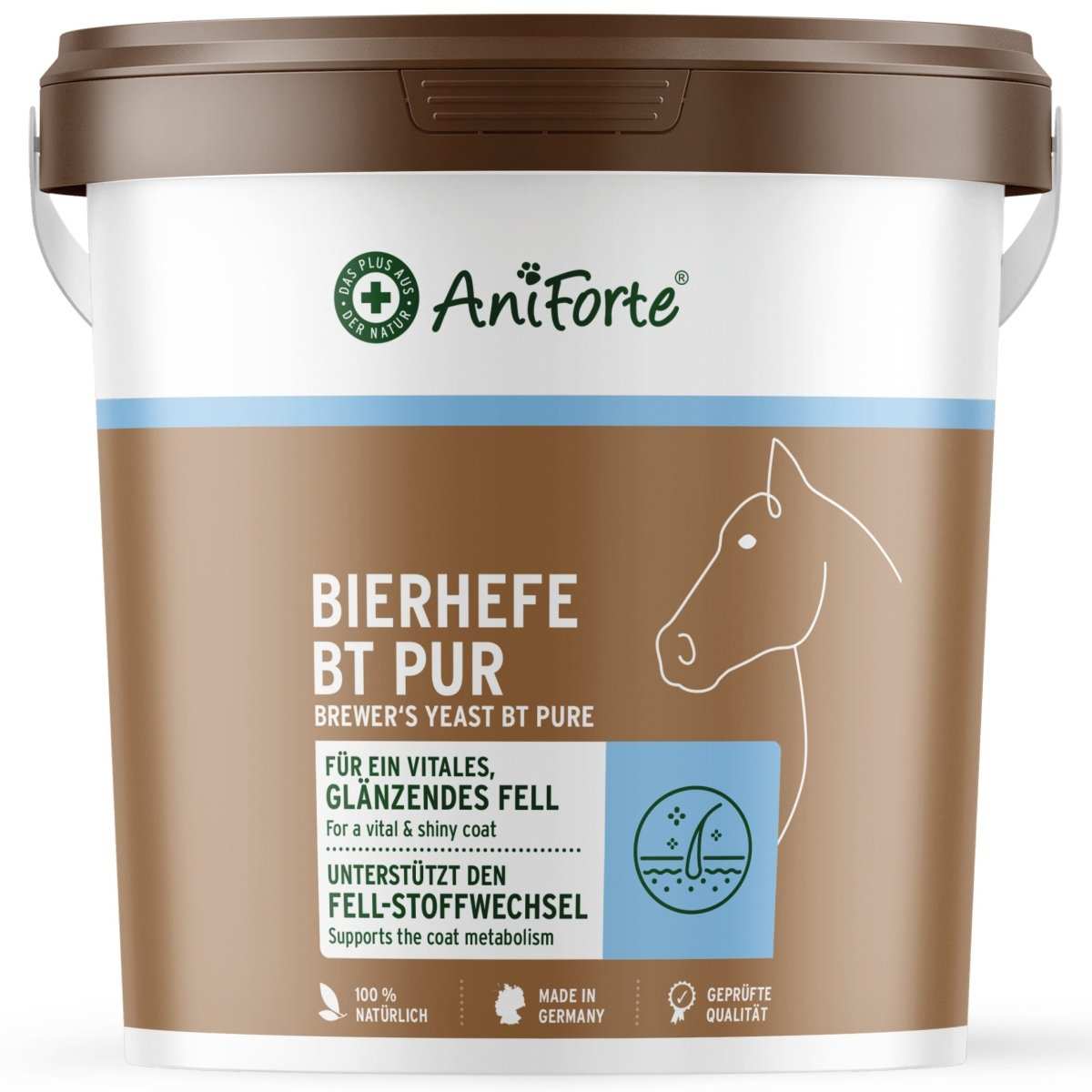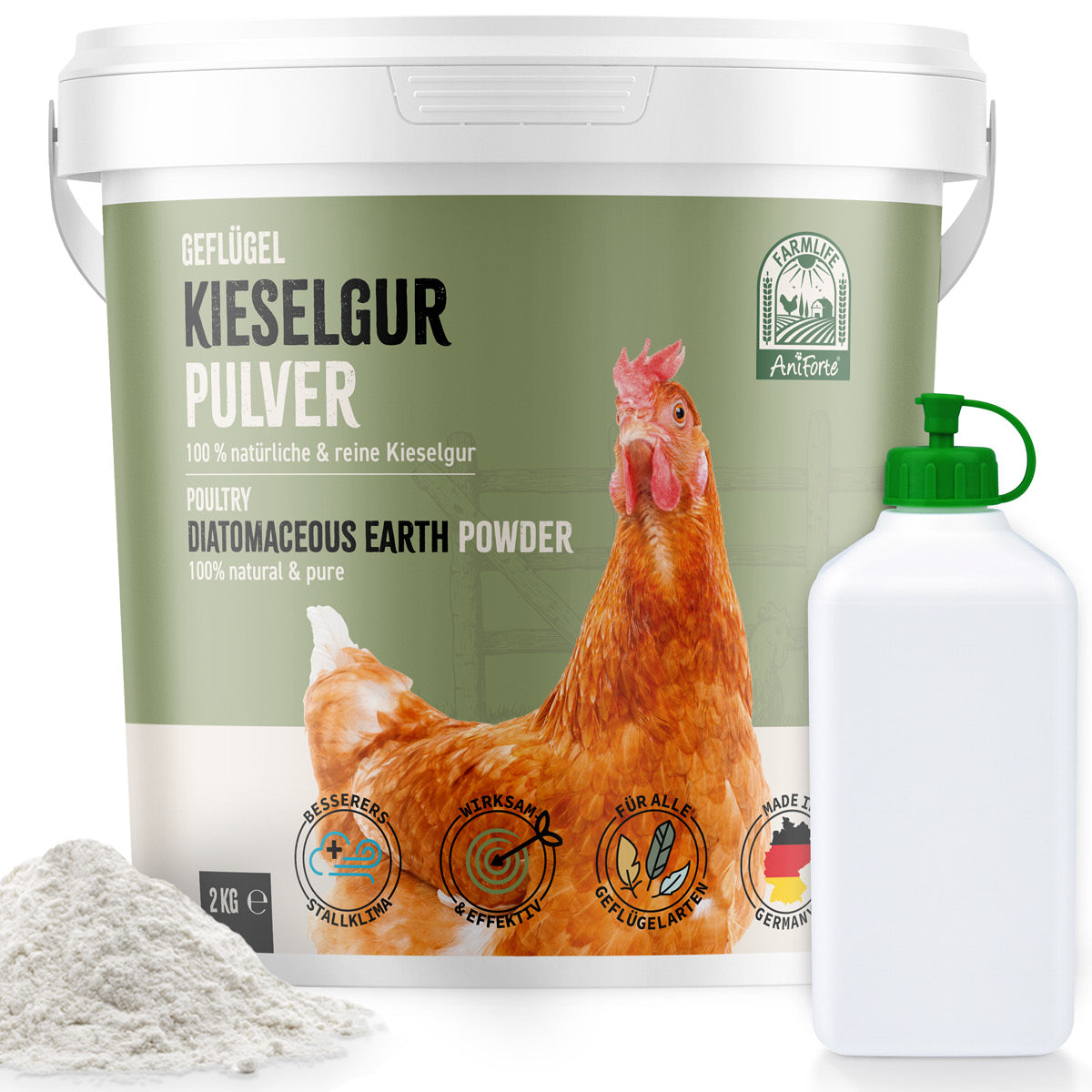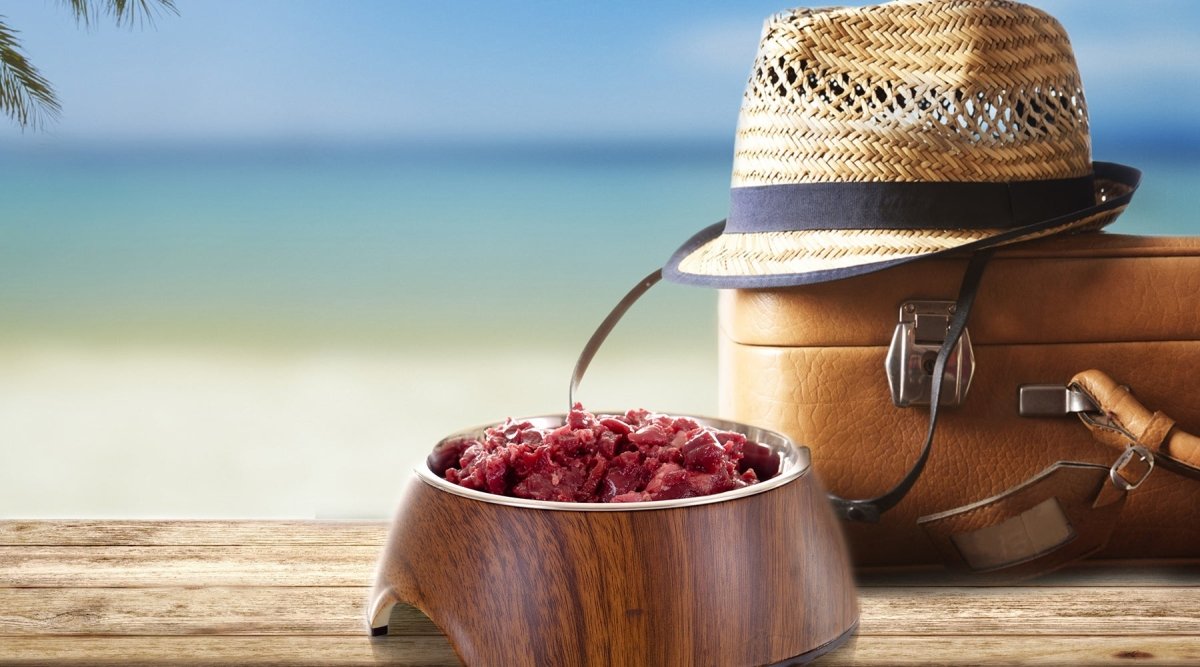Food intolerances and food allergies in dogs are not the same thing, as you will know after reading the the first part on food intolerancesn. However, both food intolerances and allergies are caused by ingredients in the food in your pet's food. Today I'll explain what triggers such food sensitivities and what you can do about them as a dog owner.
What is the cause of food intolerance in dogs?
The most common causes of food intolerances are various types of grain such as wheat, barley and oats. However, rice, maize and soy are also increasingly being added to pet food and cause food intolerances. This is because grain is often used as a cheap filler in cheap dog food. However, your dog can also develop a food intolerance to one type of protein, usually proteins from beef or chicken, pork, white fish or dairy products. Unfortunately, our four-legged friends have now also developed allergies to so-called hypoallergenic varieties, such as lamb, rabbit and horse. This makes diagnosis more difficult.
Diagnosis and treatment of food intolerance
A quick test is not enough to find out which food ingredients your dog is allergic to or has a food intolerance to. Once the vet or veterinary practitioner has ruled out all other triggers for your dog's symptoms (e.g. infections or parasites), they will recommend an elimination diet.
What is an elimination diet?
The time factor is particularly important with an elimination diet. In such a diet, your dog is observed over a longer period of time, at least 6 and up to 10 weeks, and is only allowed to eat specially selected food to which he has not yet shown any food intolerance. You should choose a protein or carbohydrate source as food that your dog has not eaten before. This procedure prevents him from developing an allergy or food intolerance to the ingredients.
The 'classic' exclusion diet for dogs is home-cooked horse meat with potatoes. However, you should bear in mind that, as mentioned above, there are already dogs that have developed food intolerances to horsemeat. In this case, a type of meat such as goat and potatoes or millet. When making your choice, it is important that only one source of protein and one source of carbohydrate are selected and that the dog has not shown any food intolerance to these so far.
Ready-made food for an exclusion diet?
With ready-made food, you will find it difficult to find the desired ingredients for food intolerances. Often the hypoallergenic types of food are not 100% pure or are only very vaguely defined. One study found undeclared ingredients in 8 out of 10 samples of dog food. These were often a mix of poultry or lamb with rice. Other additives such as cereals, soya or artificial vitamins are also found. Ready-made food is therefore highly unsuitable for an elimination diet and can lead to further food intolerances. I would also advise against dry food due to its extensive composition.
Nevertheless, you don't have to cook it yourself if you don't have enough time, for example. For an exclusion diet, you can use high-quality raw meat or canned pure meat ( single protein).
How does the treatment of food intolerance work?
It is particularly important for you as a dog owner that the diet is followed consistently. This means that you must also prevent your dog from eating anything outside and that any "giving treats" or even "feeding from the table" is absolutely forbidden. Just a single "slip" can jeopardize the entire course of treatment for food intolerance. Worming treatments, vaccinations, antibiotics or cortisone should also be completely avoided at this time. All these precautionary measures are strenuous and take time, but they only work if you strictly adhere to them. Patience and consistency pay off here.
Tips for a successful elimination diet
A successful elimination diet requires good preparation and perseverance. I therefore recommend that you get an expert at your side for an elimination diet. A trained nutritionist or vet who is familiar with food intolerances and dietary changes can advise you. This is because you may have to go a few rounds before you find the food composition that your four-legged friend tolerates well. Talking to an expert will help you to stay motivated and optimistic.
If the selected diet shows a consistent calming of the previous symptoms, oils, herbs and calcium supplements can be gradually added. Elm bark can be used to calm the stomach and intestines in the case of food intolerances. Other carbohydrates can also be tested step by step. If the dog remains stable, another type of meat can be added. If the dog shows food intolerances to these new ingredients, it will start to itch within a few hours. Gastrointestinal problems only become apparent a little later. In this way, you can gradually find out which ingredients your pet reacts to with a food intolerance or allergy.
Your vet or nutritionist will guide you through each of these steps. Keeping a diary during the elimination diet has proven to be a good idea. This way, with a lot of patience, you can identify the substances that are causing your dog to suffer and to which he shows food intolerances, and you can avoid them when buying food in future.





